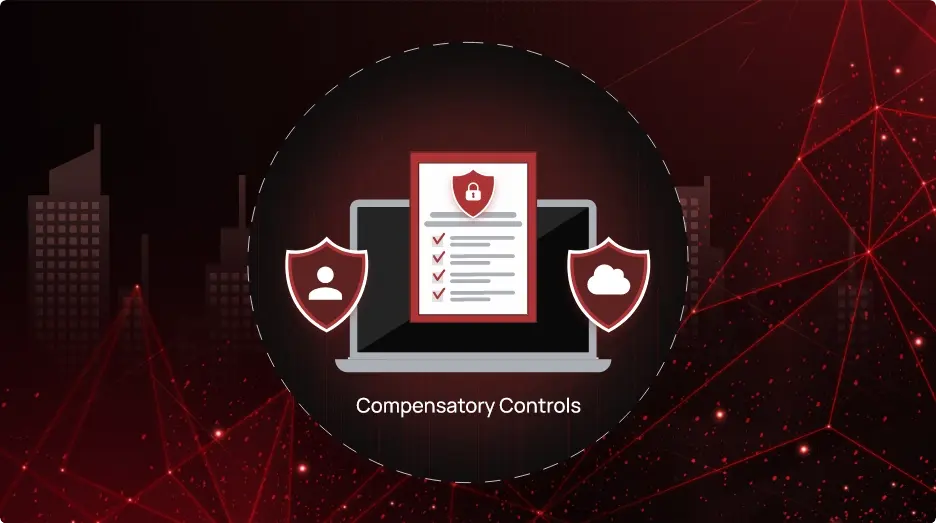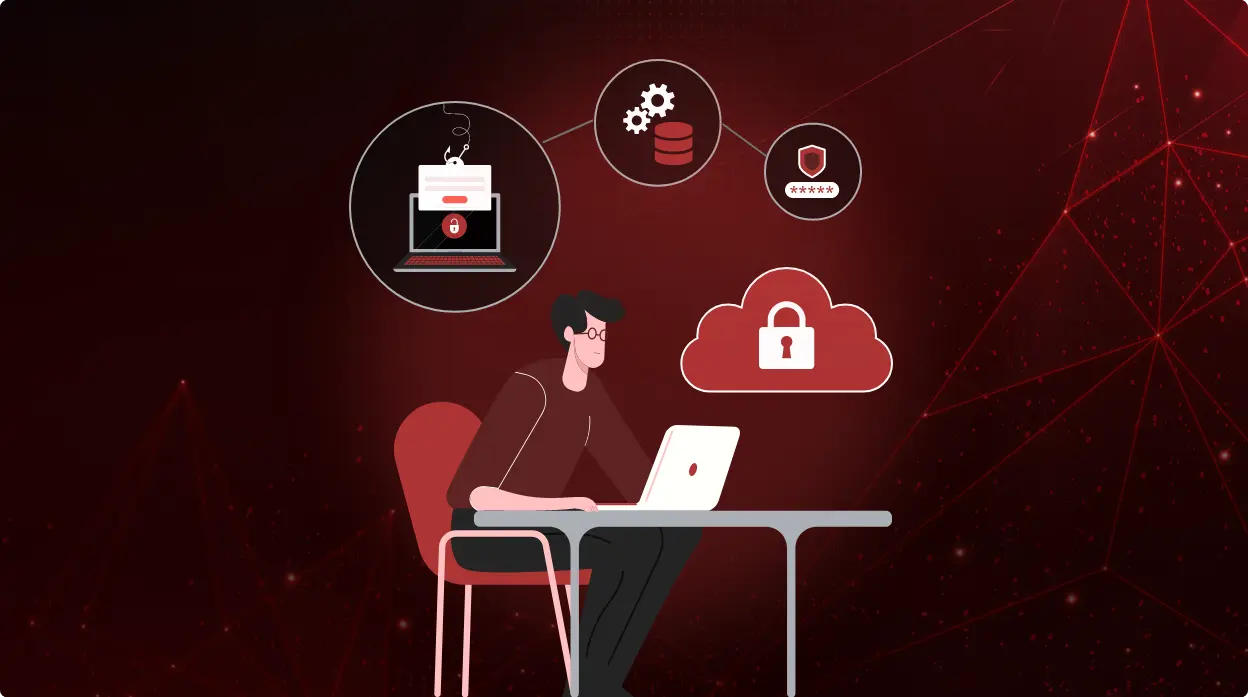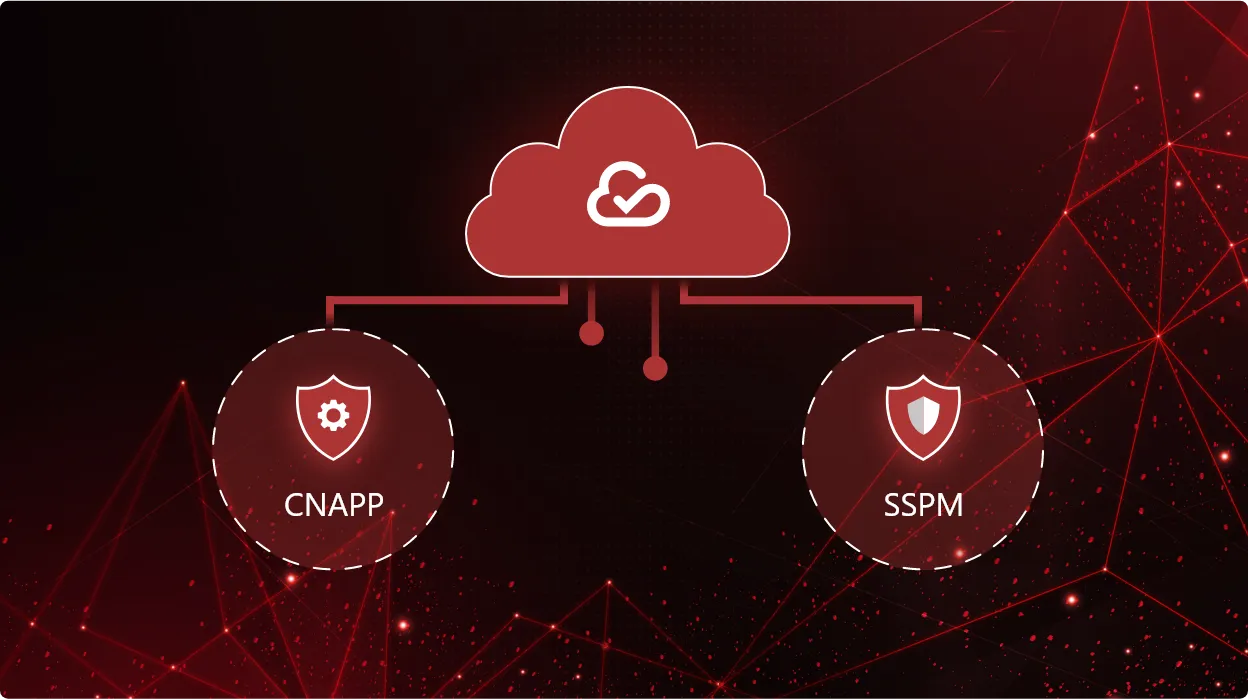Compensatory controls in cloud and SaaS environments

In cybersecurity, maintaining a strong defense is often hindered when standard security measures cannot be fully implemented due to technical or practical constraints. This is where compensating controls are required. They are particularly valuable when direct implementation of a security requirement is not feasible.
Understanding compensating controls
Compensating controls are alternative security measures used when traditional controls are impractical or impossible to implement. In cybersecurity, these controls are essential for mitigating risks that primary controls cannot address. They are particularly valuable in complex environments like cloud and SaaS, where rapid changes and unique challenges often make standard controls difficult to apply.
The primary purpose of compensating controls is to maintain a strong security posture. They offer a way to manage risks effectively, ensuring that vulnerabilities are addressed even when ideal solutions are not feasible. If a system cannot support multi-factor authentication (MFA), a compensatory control might be increased monitoring and logging all login attempts. This ensures that the organization’s defenses remain robust.
Compensating controls are crucial for ensuring continuous protection. They provide flexibility, allowing organizations to adapt their security measures to fit their unique environments. This adaptability is vital in cloud and SaaS settings, where security is constantly evolving.
They also play a significant role in helping organizations meet regulatory and compliance requirements. Many industries are subject to strict standards that mandate specific security measures. However, implementing these measures can be challenging due to various constraints. Regulatory frameworks like the Payment Card Industry Data Security Standard (PCI DSS) recognize these challenges and allow for the use of compensating controls. According to PCI DSS, organizations can implement compensating controls when they cannot meet a requirement due to legitimate technical or business constraints. These controls must provide a similar level of security and effectiveness as the original requirement.
Compensating controls ensure that organizations remain compliant while addressing their unique operational challenges. They allow businesses to demonstrate that they have considered and mitigated risks, even when standard measures are not applicable. This flexibility is essential for maintaining compliance with various regulations, including GDPR, HIPAA, and SOC 2.
Implementing compensating controls in cloud environments
Cloud environments present unique security challenges that necessitate the use of compensating controls. The complexity of cloud infrastructure, with its maze of interconnected services and resources, makes it difficult to secure all elements effectively. Also, constant changes and updates can introduce new vulnerabilities and complicate the maintenance of a secure environment.
Steps to implement compensating controls
Effective implementation of compensating controls requires careful planning and execution. Here are some strategies to consider:
- Prioritize risks: Focus on the most critical vulnerabilities first to maximize the impact of your compensating controls.
- Leverage automation: Use automated tools to implement and monitor compensating controls, reducing the risk of human error and ensuring continuous protection.
- Continuous monitoring: Regularly monitor the effectiveness of compensating controls to ensure they remain effective over time. This includes conducting periodic reviews and updates.
- Collaboration: Foster strong collaboration between your security teams and cloud service providers. This partnership is vital for understanding the shared responsibility model and ensuring that both parties are aligned in their security efforts.
Implementing compensating controls in SaaS environments
SaaS applications come with specific security challenges that can be difficult to address with traditional controls. One major challenge is data ownership. In SaaS models, data often resides on third-party servers, making it harder for organizations to maintain direct control and ensure data security.
Another challenge is third-party integrations. SaaS applications frequently integrate with other tools and platforms, creating potential security gaps where data can be exposed. The shared responsibility model further complicates security, as both the SaaS provider and the customer have roles to play in maintaining security. This division can lead to misunderstandings and oversights, increasing the risk of vulnerabilities.
Steps to implement compensating controls
Effective implementation of compensating controls in SaaS environments requires a strategic approach. Start by integrating security controls into the SaaS application lifecycle, from development to deployment. Use automated tools to continuously monitor and enforce security policies.
Coordination with SaaS providers is vital. Work closely with them to understand their security measures and ensure that your compensating controls complement their efforts. Regularly review service-level agreements (SLAs) to confirm that security responsibilities are clearly defined and met.
Tracking and maintaining compensating controls
Continuous monitoring and review
Continuous monitoring is crucial for ensuring the effectiveness of compensating controls. By regularly assessing these controls, organizations can promptly identify any weaknesses or gaps that may arise. Tools such as Security Information and Event Management (SIEM) systems, intrusion detection systems (IDS), and automated compliance monitoring solutions play a vital role in tracking the performance of compensating controls. These tools provide real-time insights and alert security teams to potential issues, enabling swift responses to emerging threats.
Regular updates and adaptations
Compensating controls must be regularly reviewed and updated to remain effective. This is necessary due to the dynamic nature of cyber threats, evolving business needs, and changing compliance requirements. Regular audits and assessments help ensure that the controls continue to meet their intended purpose. As new vulnerabilities are discovered and business processes evolve, compensating controls should be adjusted to address these changes. Staying proactive with updates ensures that the organization’s security posture remains robust and capable of defending against the latest threats.
How CheckRed facilitates compensating controls
CheckRed offers a comprehensive cloud security solution that integrates Cloud Native Application Protection Platform (CNAPP), Cloud Security Posture Management (CSPM), Cloud Infrastructure Entitlement Management (CIEM), Cloud Workload Protection Platform (CWPP), and SaaS Security Posture Management (SSPM). This integrated approach provides a holistic view of an organization’s cloud and SaaS security framework, ensuring all aspects of security are covered.
Ease of implementing and tracking compensating controls
CheckRed simplifies the implementation and tracking of compensating controls. Its user-friendly interface and robust analytics tools help organizations identify security gaps and design appropriate compensating controls. CheckRed’s continuous monitoring capabilities ensure that these controls are always up-to-date and effective. Features like automated compliance checks, real-time alerts, and detailed reporting assist organizations in tailoring their security strategies to their specific environments. By leveraging CheckRed, organizations can maintain a strong security posture and quickly adapt to new threats and requirements.
With CheckRed, organizations can confidently manage their security posture, knowing they have the flexibility to address any challenge.


